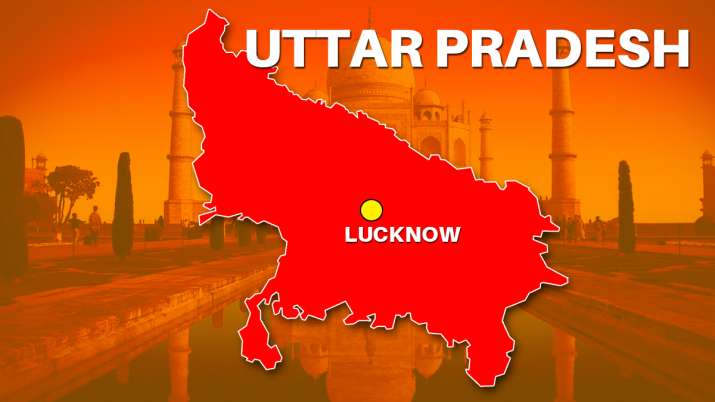Mumbai’s undersea tunnel: From unique ventilation system to earthquake resistant, key features of project – India News , Firstpost
The cost of the tunnel system alone, including other allied works, is pegged at Rs 2,798.44 crore. Each tunnel will take around eight months to be completed

A project representation of the Mumbai Coastal Road. Courtesy: News18
By 2023, Mumbai will be home to India’s first undersea tunnel, part of the city’s Rs 12,000 crore Coastal Road project.
The Coastal Road project is an under construction 22.2-kilometre freeway that would run along Mumbai’s western coastline connecting Marine Lines in the south to Kandivali in the north.
Here are some key features of the tunnel:
The 2.07 kilometre tunnel, which will have two lanes, will be 10 to 70 metres deep sub-surface. These lanes will be bored between Priyadarshini Park and Chhota Chowpatty at Marine Drive.
A civic official told The Times of India that the tunnels, having a circumference of 11 metres each, would be earthquake-resistant and have a life span of more than 120 years. The tunnels will have three lanes on each side and will get a coat of reflective paint to ensure adequate lighting. “In case of disaster, 13 cross tunnels would be opened up. Of the 13, seven cross tunnels would be for vehicles and six for human movement,” said the official.
The drainage system includes drains along the carriageway with fire traps located every 50 metres to collect seepage, fire hydrant discharge and oil spillage from vehicles, according to a Times Now report. This wastewater will be treated with an oil separator in the shaft tank, after which the cleansed water will be discharged to a storage tank.
Moreover, a novel ventilation system called Saccardo will be installed inside the tunnel to monitor emission levels. The system will shoot an air jet through large ventilation fans to drive out the fumes in the desired direction.
The tunnel is being made using ‘Malva’, India’s biggest Tunnel Boring Machine (TBM). Soldiers of 17th Century Maratha king Chhatrapati Shivaji Maharaj were called ‘mavlas’. The machine, which is operated by a team of 30 people, has a diameter of 12.19 metres.
At 20 metres below the sea bed, Mumbai’s undersea tunnel is being constructed at a relatively shallow depth. In comparison, the English Channel Tunnel at its deepest point is 75 metres below the sea bed, while Japan’s Seikan Tunnel lies over 100 metres below the seabed.
It is also being built close to the coast, where the sea depth is around five meters, according to The Indian Express, allaying the fear of the tunnel caving in due to the pressure exerted by sea water.
“The proposed Coastal Road will have a 4-4 lane configuration comprising roads based on reclamation, besides bridges, elevated roads and tunnels. 20 percent of the total project work has been completed till now,” a statement by the Chief Minister’s Office said.
The civic standing committee had cleared the proposal to construct the Rs 12,000 crore coastal road in October 2018. The cost of the tunnel system alone, including other allied works, is pegged at Rs 2,798.44 crore.
Each tunnel will take around eight months to be completed. Drilling on the side for south-bound traffic tunnel has commenced, after the completion of which, work on the side for north-bound traffic will be undertaken. “The work of the first tunnel is expected to be completed by August-September,” BMC commissioner Iqbal Singh Chahal said.
According to the Brihanmumbai Municipal Corporation (BMC) officials, once completed, the Coastal Road will cut down the travel time between south and north Mumbai, decongest existing roads and reduce the air and noise pollution levels.
Meanwhile, India will also get an undersea tunnel as a part of the Mumbai-Ahmedabad bullet train project, which will be built by the National High Speed Rail Corporation Limited (NHSRCL).
The bullet train project will have a 21-kilometres-long underground corridor from BKC to Maharashtra’s Kalyan Shilphata, of which around seven kilometres is under the Thane creek.
Of this, 1.8 km long section will be developed under the sea bed, while the remaining part of the stretch is to be built under the mangroves marshland on either side of the creek, a report by The Times of India said
Subscribe to Moneycontrol Pro at ₹499 for the first year. Use code PRO499. Limited period offer. *T&C apply

